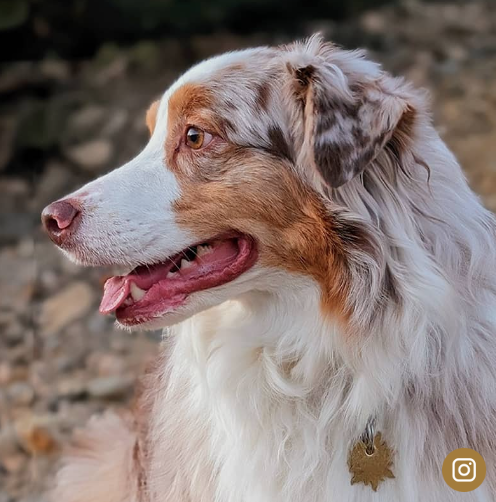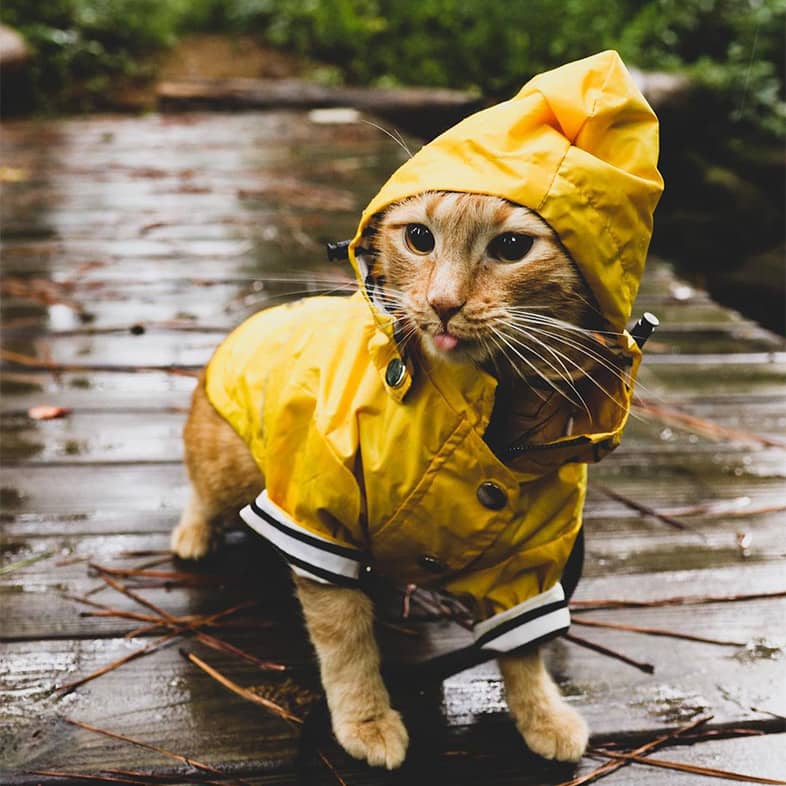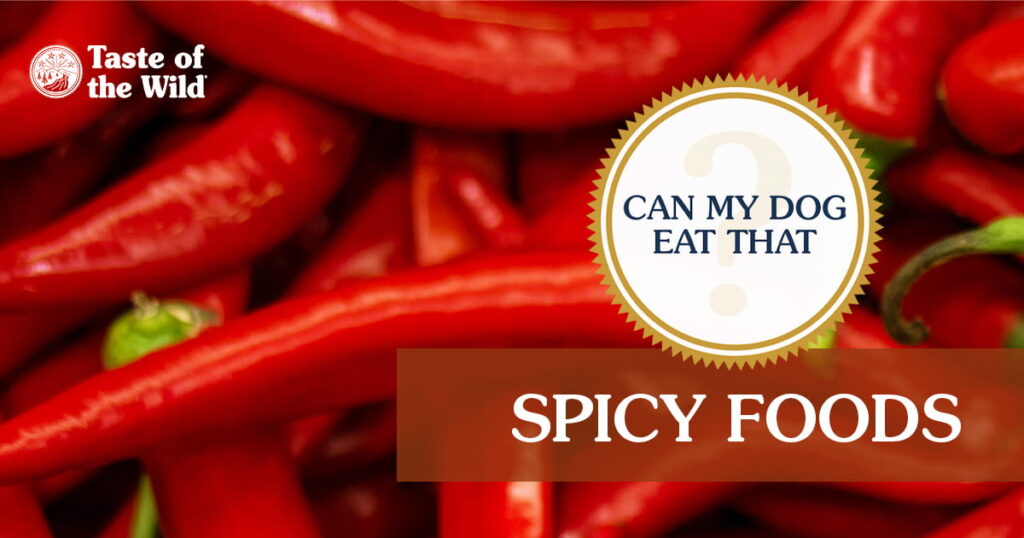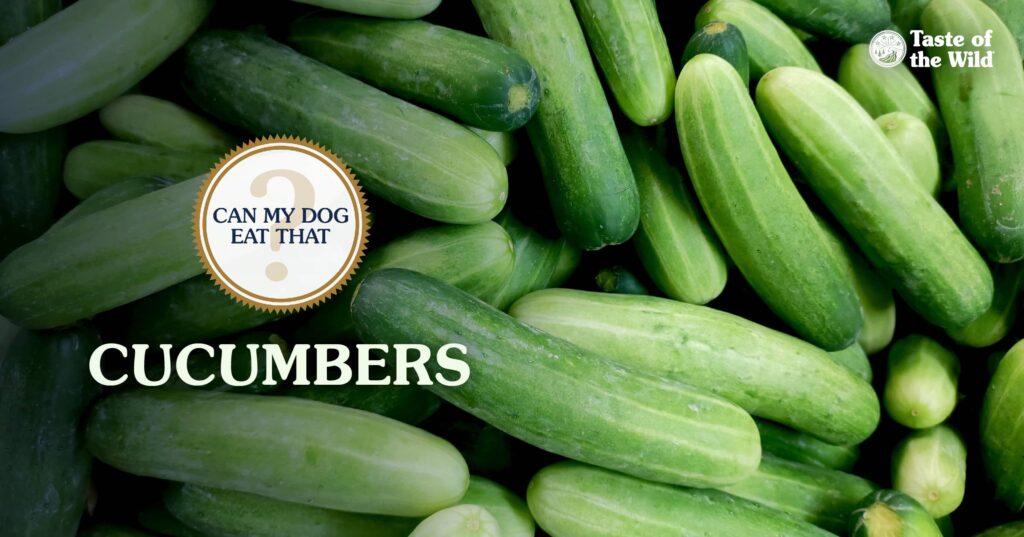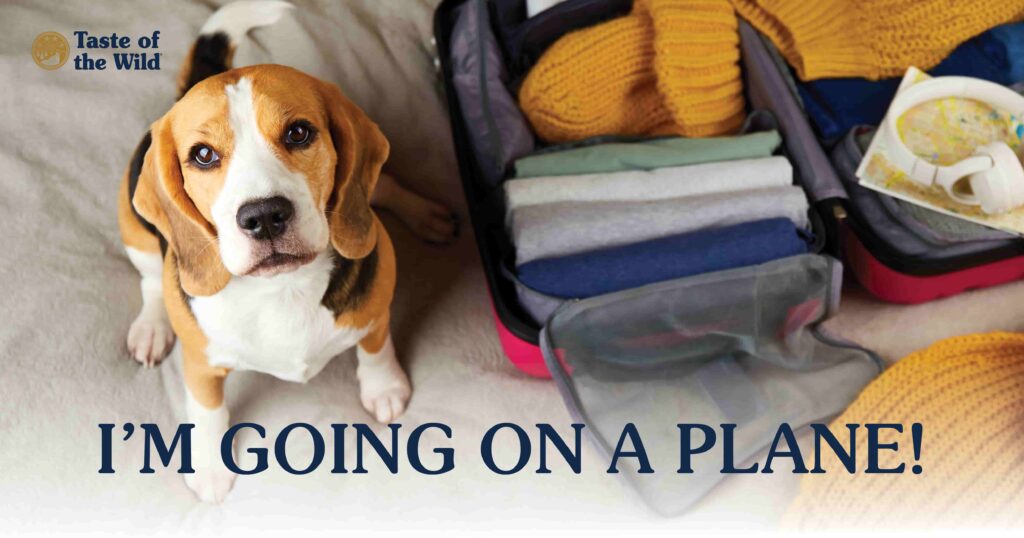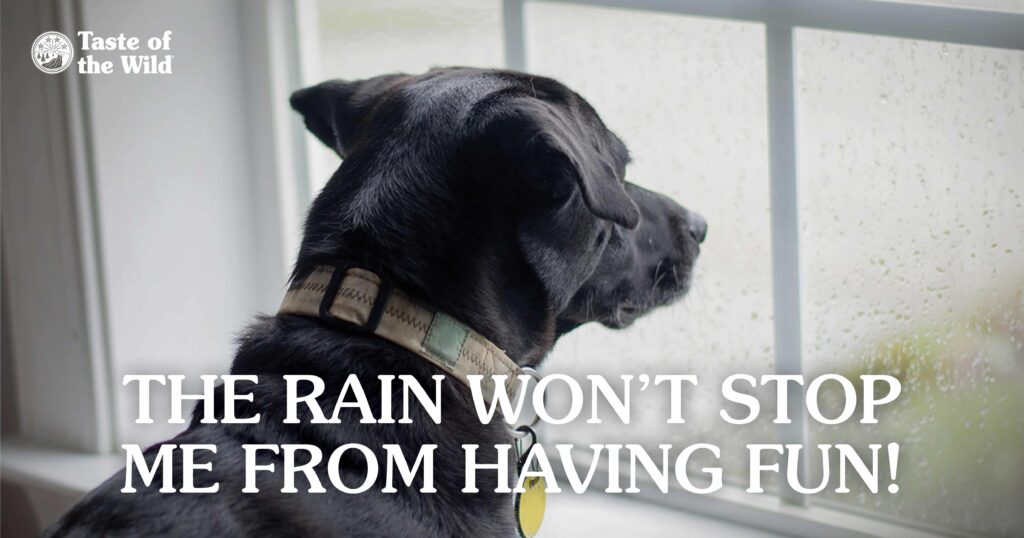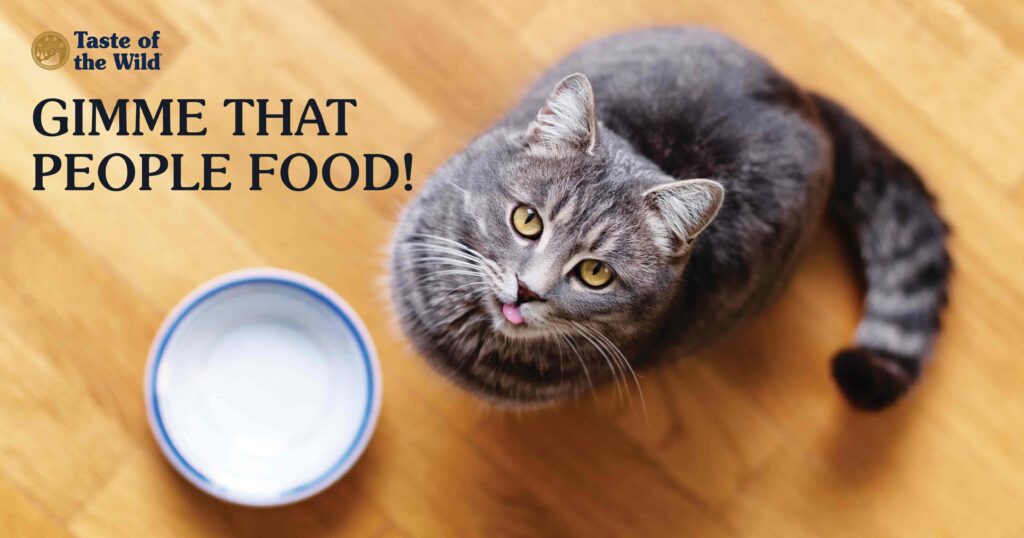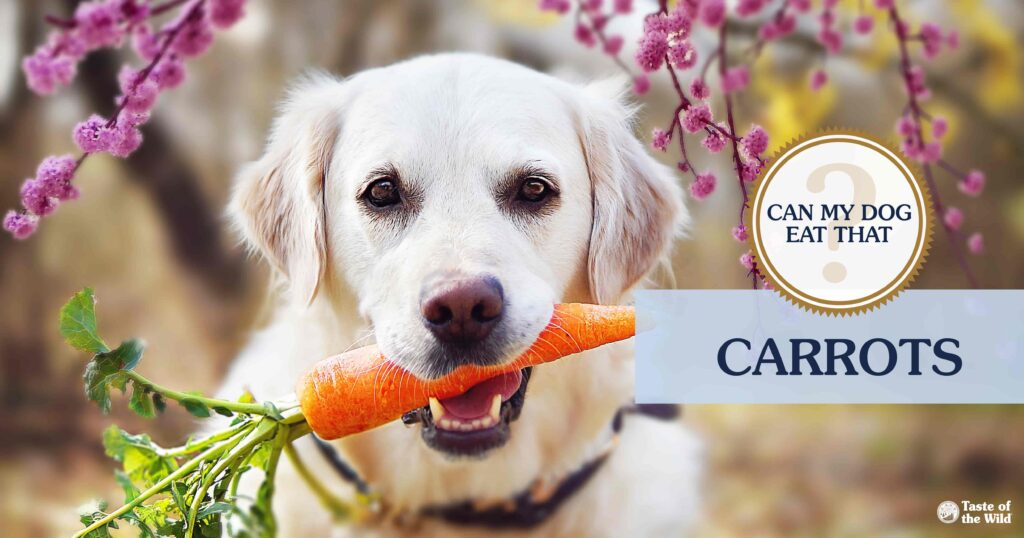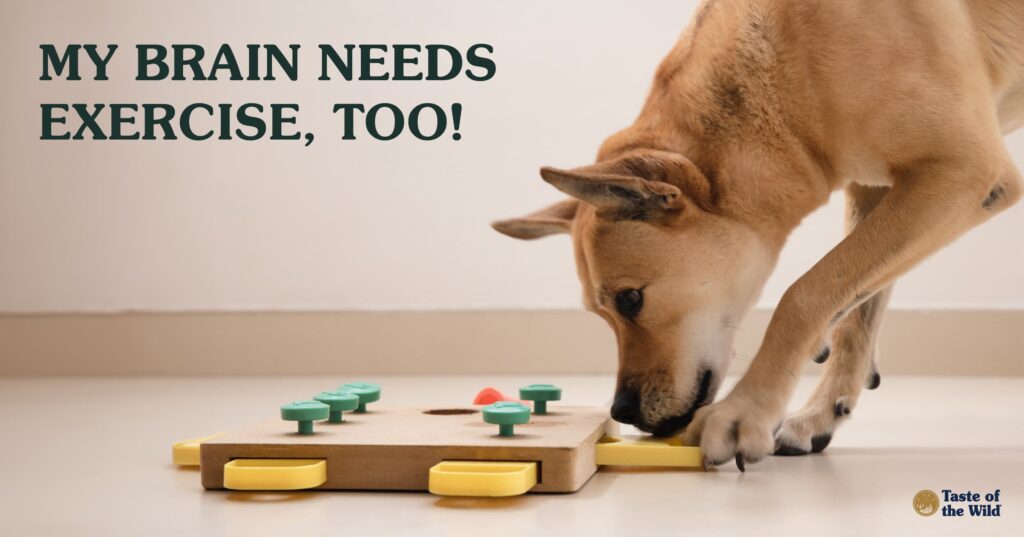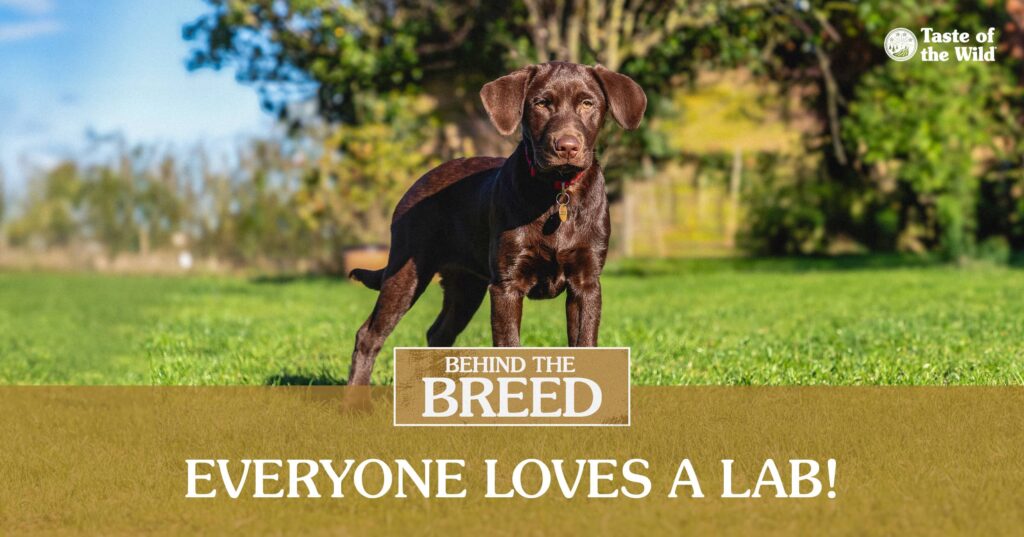
Have you ever wondered where a dog breed originated from? In our “Behind the Breed” series we’ll dive into the history, personality and physical appearance of a particular breed. We’ll also cover some of the FAQs about the breed and maybe some fun facts, too!
As one of the most popular dog breeds, many people can recognize a Labrador retriever (or Lab) when they see one. With their happy-go-lucky and friendly personality, big smile and gentle nature, it’s easy to understand why they reigned as the most popular breed for 31 years — before being knocked off the pedestal by the French bulldog. So what characteristics make the Labrador retriever such a popular dog breed? And did they actually come from Labrador?
Labrador Retrievers Originated in Newfoundland
Many dog breeds are named after the place they originated from — Newfoundlands, Chesapeake Bay retrievers and Weimaraners to name a few. But in the case of the Labrador retriever, they originated in Newfoundland, Canada, not Labrador, Canada.
Labradors are thought to be related to St. John’s dogs (or St. John’s water dogs), a breed that is now extinct. Labs were bred to help fishermen retrieve fish from the trawler net and to retrieve ducks for hunters, using their powerful tails to help navigate in the water.
The Labrador Retriever Personality
Most Labs want to be BFFs with everyone, and they want everyone to play with them. Other dogs and other pets are typically immediate BFFs as well. Labs’ patience and gentleness around children is why they are one of the most popular breeds for families. They love spending time with their family and doing whatever the family is doing.
Labradors also love to have a job to do, which is why they fit the roles of assistance dogs, search and rescue dogs and therapy dogs so perfectly. They make great hunting partners and excel at dog sports like dock diving, obedience and agility. Swimming is another favorite activity of Labs.
Labrador Retriever Coat Colors
The Labrador breed is generally recognized to come in three coat colors — black, chocolate and yellow. They can also have white markings. All are short, water-repellent double coats that require regular grooming, especially during shedding season.
The coat color is determined genetically and is not related to whether the Labrador is male or female. The University California, Davis, explains that the black and chocolate colors come from two versions of the same gene (called alleles), and the yellow color comes from a different gene. Below is how each color is determined.
Black Labrador Retriever
Black is the dominant coat color over chocolate. So if both parents contribute a black allele or one parent contributes a black allele and one contributes a chocolate allele, the pup will have a black coat.
Chocolate Labrador Retriever
Because the black coat color is dominant over chocolate, both parents need to contribute the chocolate allele for the pups to be chocolate Labs.
Yellow Labrador Retriever
If both parents contribute a yellow allele, it prevents the expression of the black or chocolate color, and the result is a yellow Lab pup. Two yellow Lab parents can only have yellow Labrador puppies. That’s a lot of yellow!
Labrador Retriever Puppies
Obedience training with a Labrador retriever puppy is typically easy for their owners because they love to please their humans — and they love dog food treats. As with any puppy, early socialization is important to ensure they grow up to be a comfortable and confident adult dog.
As a highly intelligent and energy-filled breed, Labrador puppies (and adults) need lots of mental stimulation as well as daily physical exercise. Otherwise you may come home to a disaster zone caused by a bored Lab.
Labrador Retriever FAQs
How Big Do Labs Get?
The most a Lab will grow is around 24 inches at the shoulder, and they can weigh up to 80 pounds. So it’s a good idea to train them not to jump up — that’s a lot of weight landing on you!
What Is the Labrador Retriever Lifespan?
The life expectancy of a Labrador retriever is around 12 years. That’s around the average age of most dogs — smaller dogs generally live longer though.
Are Labrador Retrievers a Healthy Breed?
Labs are generally a healthy breed, but they can suffer from conditions like hip dysplasia, elbow dysplasia and exercise-induced collapse, although a reputable breeder will screen for these conditions.
When Were Labrador Retrievers Recognized by the American Kennel Club?
The American Kennel Club (AKC) recognized Labrador retrievers as a breed in 1917.
What Does The Labrador Retriever Club, Inc. Do?
It’s a national breed club dedicated to preserving the integrity of the Labrador retriever breed and is the only organization officially recognized by the AKC as the national parent club of the Labrador retriever.
If you’re looking for an energetic breed that’s loyal and loves being part of the family, and you have the time to provide them with daily mental and physical stimulation, a Labrador retriever might be the breed for you!
